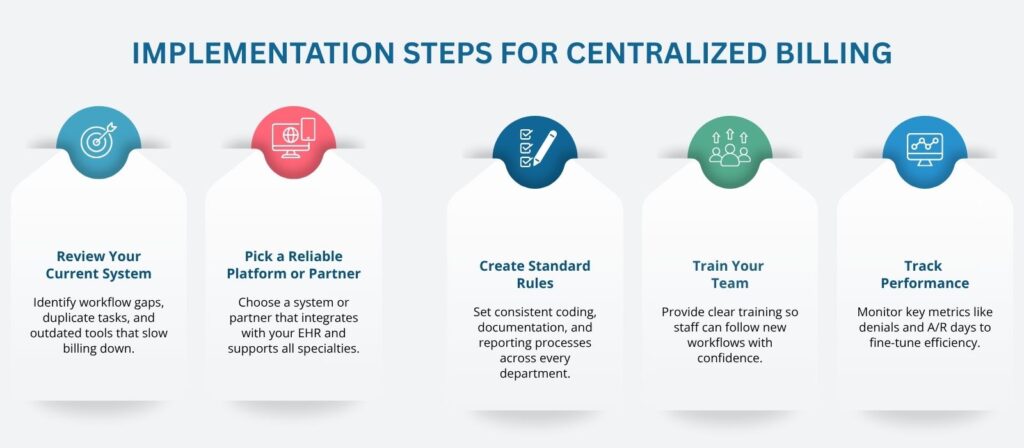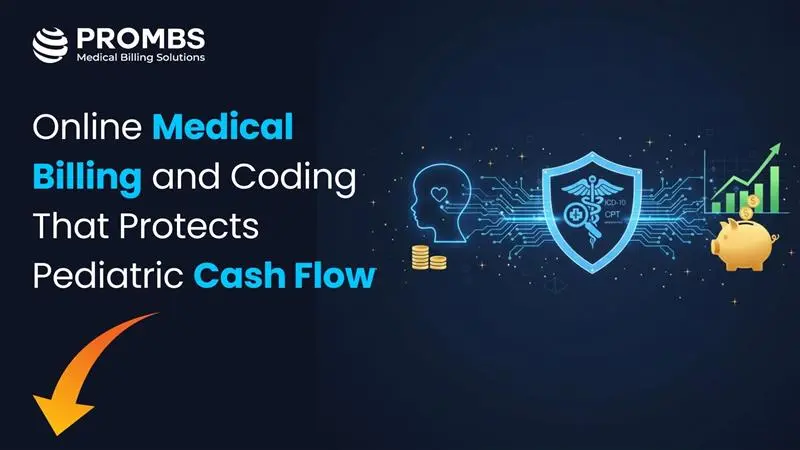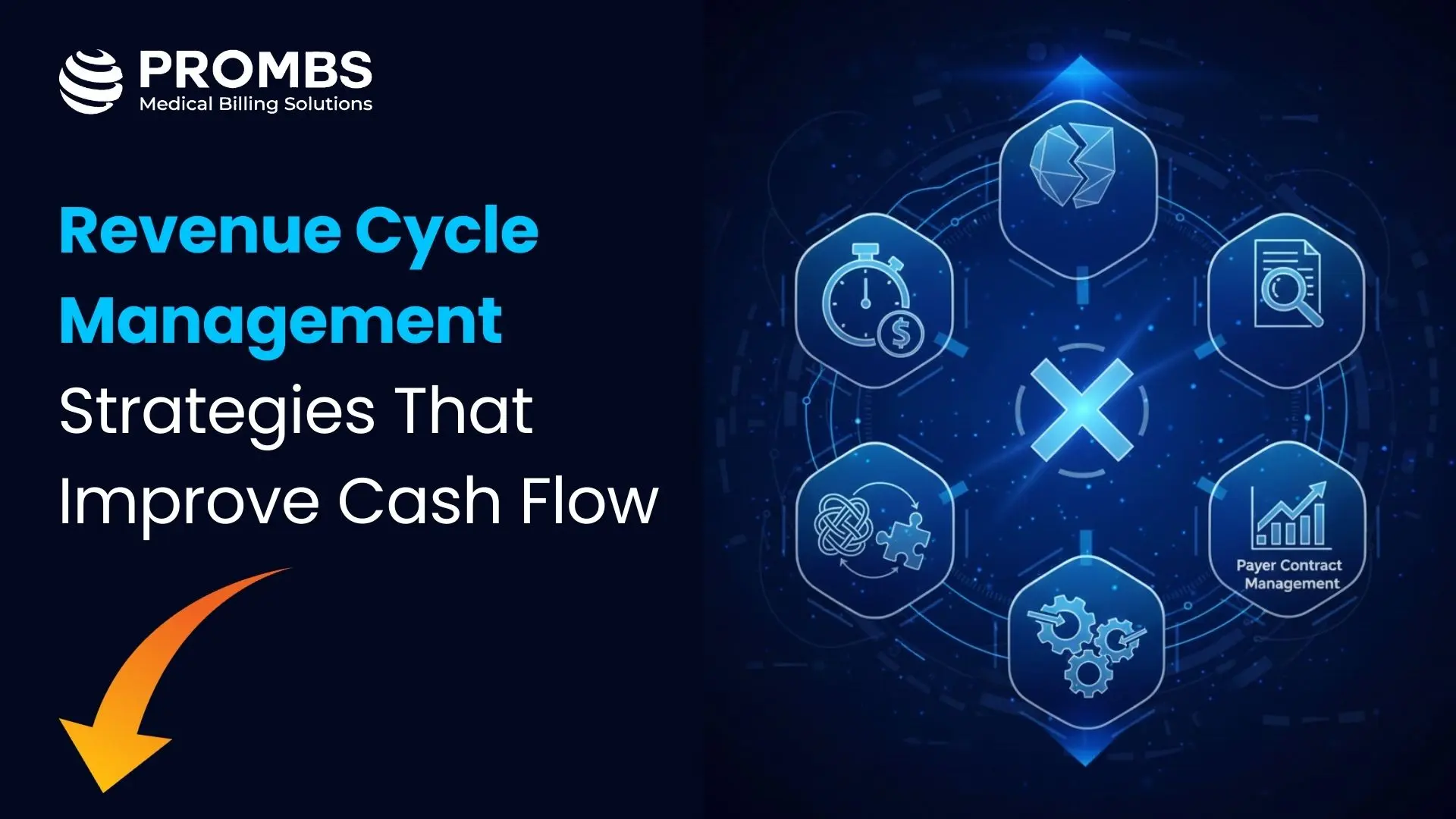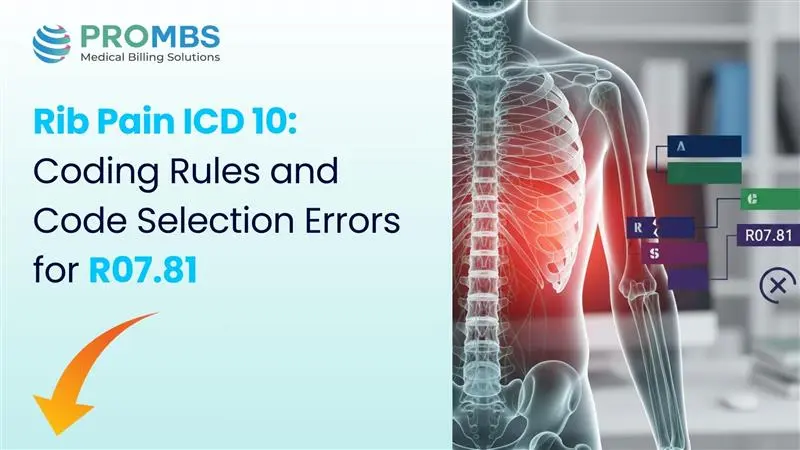Honestly, multi-Specialty billing can feel like a daily juggling act for many healthcare organizations. Each department follows its own codes, payer rules, and billing process. When every specialty works in isolation, mistakes happen. Claims get denied, payments slow down, and compliance issues build up.
So, what if there were a way to bring all those moving parts together under one roof? A centralized billing system can do exactly that. By combining coding, claim filing, and payment posting into a single, streamlined workflow, it leads to cleaner claims, fewer delays, and stronger financial control.
In this article, we’ll explore why centralized billing matters, the tools that support it, and how the right multi-specialty billing company can help healthcare groups simplify operations and strengthen their revenue cycle.
Why Centralized Multi Specialty Billing Matters
When billing is spread across different departments, it is hard to keep things consistent. Each team may use different systems or coding standards. That leads to missing charges, duplicate work, and poor visibility. According to the AMA (American Medical Association), fragmented billing is one of the main causes of claim denials in group practices. Centralized multi-specialty healthcare billing fixes that by uniting everything under one structure.
It gives billing teams clear rules, shared software, and better oversight. Everyone follows the same process, which makes training easier and audits smoother.
Main benefits include:
- Fewer billing errors and rejections
- Faster payments and improved cash flow
- Clear reporting for administrators and compliance officers
For U.S. healthcare groups, centralized billing is not just efficient. It is essential for staying compliant and financially stable.
Did You Know?
According to the American Medical Association (AMA), using a single, integrated billing system helps reduce administrative burden and claim processing time compared to running multiple specialty-specific platforms. Centralized systems improve accuracy, reduce duplicate work, and make payment cycles more predictable.
Technology That Powers Modern Multi Specialty Billing
Good billing depends on good technology. The best medical billing software for multi-specialty groups connects data from every department into one secure system. Per CMS (Centers for Medicare & Medicaid Services), automated claim checks can reduce denials by up to 30%. That alone can make a big difference for large practices.
| Feature | What It Does | Why It Matters |
|---|---|---|
| AI Coding Review | Finds missing or incorrect codes | Keeps claims accurate |
| Unified Dashboard | Combines all departments | Cuts duplicate entries |
| Payer Rule Engine | Applies payer edits automatically | Reduces rejections |
| Analytics Tools | Tracks financial trends | Helps plan budgets |
| HIPAA-Secure Cloud | Protects patient data | Meets compliance standards |
Many systems now use the best AI for medical billing in multi-specialty practices to check claims before submission. That saves time and prevents errors that cause costly delays.
Boosting Efficiency and Compliance Through Multi Specialty Billing
Centralized billing brings more than speed. It adds structure, consistency, and accountability to every part of the revenue cycle. When all specialties follow one system, billing becomes easier to manage and far less prone to error.
Streamlined Workflows
A unified billing process removes confusion between departments. Instead of each specialty juggling separate software and procedures, every team works from the same playbook. That means fewer handoffs, less manual entry, and fewer data mismatches. Tasks like coding, charge capture, and payment posting flow in a clear, predictable sequence. Over time, this creates smoother operations and stronger teamwork across the organization.
Faster Reimbursements
Automation speeds up claim submission and payment collection. Clean claims move through payers without delay, which reduces the number of denials and reworks. MGMA (Medical Group Management Association) data shows centralized billing teams collect payments up to 25% faster than decentralized ones. That improvement frees up cash flow, allowing practices to reinvest in patient care, staff training, and growth initiatives.
Stronger Compliance
One system also means one rulebook. Every claim follows the same coding standards, payer rules, and audit trail. This uniformity helps catch mistakes before submission and simplifies compliance reviews. According to AAPC (American Academy of Professional Coders), shared audit tools reduce compliance errors by almost 40%. Central oversight ensures updates from CMS and commercial payers are applied consistently, lowering audit risks and protecting revenue integrity.
Better Oversight
With centralized billing, leaders can view every detail of the revenue cycle in one place. Dashboards display claim status, payer performance, and financial trends across all specialties. This visibility makes it easier to find weak spots, such as delayed claims or recurring denials, and address them early. In short, it gives healthcare executives the information they need to make confident, data-driven financial decisions.
Your Step-by-Step Guide to Centralized Multi Specialty Billing
Moving to a centralized billing model takes planning but pays off quickly.

Step 1: Review Your Current System
Start by taking a close look at how your billing process works today. Identify gaps, duplicate tasks, and outdated tools that slow your team down. Look for differences between specialties, such as how claims are coded or submitted. A full review helps you see where errors start and what needs improvement before you centralize.
Step 2: Pick a Reliable Platform or Partner
Step 3: Create Standard Rules
Once the platform is in place, set consistent rules for coding, documentation, and reporting. Every department should follow the same process for charge capture, claim submission, and payment posting. These shared standards prevent confusion, keep compliance tight, and make staff training much easier.
Step 4: Train Your Team
Provide clear, hands-on training for your billing staff and coders. Make sure everyone understands how to use the centralized tools, follow the new workflows, and apply updated payer guidelines. Ongoing training sessions also help your team stay confident as systems evolve.
Step 5: Track Performance
Monitor your billing performance as soon as the new process goes live. Watch metrics such as denial rates, payment turnaround, and days in accounts receivable. Early tracking helps you spot small issues before they grow and lets you fine-tune your system for better results.
HFMA (Healthcare Financial Management Association) reports that centralized billing can lower administrative costs by nearly 20% within the first year. Working with multi medical specialties billing associates can make the process smoother and less stressful for internal teams.
Key Metrics That Define Multi Specialty Billing Success
Tracking the right performance metrics helps you understand how well your centralized billing system is working. These key indicators show whether your revenue cycle is becoming faster, cleaner, and more cost-effective.
Clean Claim Rate: This measures how many claims get accepted on the first submission without edits or rejections. Aim for 95% or higher. A strong clean claim rate means your coding and documentation are accurate, and your workflows are running smoothly.
Denial Rate: This shows the percentage of claims rejected by payers. After centralization, expect a 20 to 30% drop as processes become more consistent. A lower denial rate saves staff time and increases steady cash flow.
Days in Accounts Receivable (A/R): This metric tracks how long it takes to collect payment after a service is billed. Keeping it under 30 days ensures reliable cash flow and indicates that claims are moving efficiently through the system.
Charge Accuracy: Charge accuracy measures whether all billable services are captured and billed correctly. Reducing missed or duplicate charges prevents revenue loss and improves compliance during audits.
Cost to Collect: This reflects how much it costs your organization to collect each dollar of revenue. Lower costs show that automation and streamlined workflows are reducing manual effort and improving productivity.
Per CMS’s latest RCM study, practices that track these numbers monthly recover more revenue and avoid billing backlogs. Regular reviews help spot small issues before they turn into big ones.
Choosing the Right Multi Specialty Billing Partner
Ever feel like billing is more than just pushing claims through the system? That’s because it is. A strong multi-specialty billing company does far more than process paperwork. It equips your organization with the right balance of advanced tools, skilled experts, and reliable workflows that keep billing both efficient and accurate. The best partners understand that every specialty has its own rhythm and requirements. They help your team stay compliant, minimize errors, and ensure every claim is managed with care and precision from the very first touch to final payment. Ultimately, that means smoother operations, fewer headaches, and more confidence in your revenue cycle.
| Type | Description | Best For |
|---|---|---|
| In-House | Managed by your own billing staff | Large hospitals or systems |
| Outsourced | Vendor manages billing end to end | Growing groups needing scalability |
| Hybrid | Shared between internal and external teams | Practices transitioning to centralization |
At Pro-MBS, we specialize in helping multi-specialty healthcare groups streamline billing operations and achieve measurable results. Our team understands the complexity of multi-specialty billing, from coding accuracy to payer compliance. With certified coders, automation tools, and advanced reporting, we provide the expertise and technology needed to keep your revenue cycle performing at its best.
A good partner should feel like an extension of your team, not just a vendor, and that is exactly how Pro-MBS operates.
FAQs
What does multi-specialty mean?
Multi-specialty refers to healthcare organizations that include multiple medical departments or specialties under one practice, each requiring coordinated billing through a centralized multi-specialty billing system.
What is multispecialty coding?
Multispecialty coding involves assigning accurate medical codes across different specialties within a healthcare group to maintain billing accuracy, compliance, and consistent revenue flow.
What is the meaning of multi services?
Multi services refer to offering a range of healthcare or billing solutions under one system, such as coding, claim submission, and payment posting, to improve efficiency and revenue accuracy.
Is multispecialty one word?
Yes, multispecialty is written as one word and commonly used to describe healthcare groups or billing systems that manage multiple medical specialties under one structure.
What is the biggest challenge in medical billing?
The biggest challenge in medical billing is maintaining accuracy across multiple specialties, as inconsistent coding, payer rules, and fragmented systems often lead to denials and revenue loss.
Which are common problems that may occur during the billing process?
Common problems include coding errors, missing documentation, duplicate charges, and delayed payments. Centralized multi-specialty billing helps reduce these issues through unified workflows and automation.
Which are common problems that may occur during the billing process?
Common problems include coding mistakes, missed charges, delayed reimbursements, and claim denials. A centralized multi-specialty billing system helps prevent these by keeping workflows consistent and accurate.



